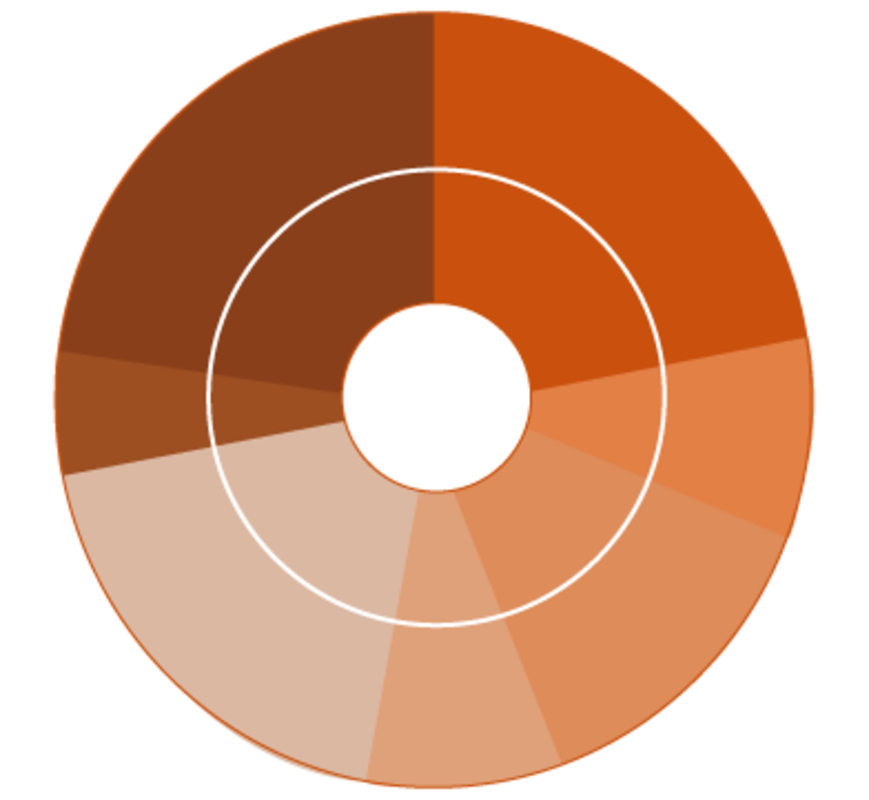

- Using turf analysis xlstat drivers#
- Using turf analysis xlstat driver#
- Using turf analysis xlstat download#
Model files for mixed and nested logit using panel data Text input/data file for standard data sets *.lim files for loading data, estimating a nested model and estimating a random parameters model *.lgf file and *.lgs files with all attributes and covariates Data files and sample control files can be generated for the following programs:ģ SPSS data files or 1 combined SPSS data file

At this point you should see a dialog box like the following.įrom the drop-down box in panel A, select which set of output files you want to produce, then in panel B press the Create Files button to generate them. Until this point, the wizard has helped you get your spreadsheet ready for this step, which involves the real time-saving work happens. Create data files for statistics programs. Click on the map to start drawing a line.Data Step 5. The example below uses Mapbox GL JS and Turf to measure the distance along a line using turf.length.

For example, if you have a GeoJSON LineString feature named dc and you want to know its length in miles, you can use the length function. When you add Turf to your site, it exposes a global variable turf from which you can run any of the turf functions.
Using turf analysis xlstat download#
You can use the CDN (the URL displayed below), or you can download the Turf library and source it locally. You can add Turf to your webpage in the of your document alongside Mapbox GL JS. Turf helps you analyze, aggregate, and transform data to visualize it in new ways and answer advanced questions. Turf is an open source JavaScript library that allows you to do spatial operations in the browser.
Using turf analysis xlstat drivers#
Using turf analysis xlstat driver#


 0 kommentar(er)
0 kommentar(er)
